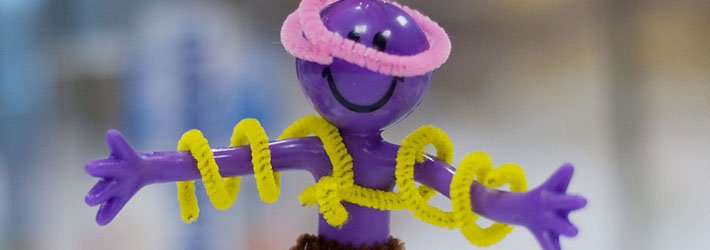
How ITSM Supports IT Agility
In the age of digitization, the world is changing at an ever increasing rate. Businesses need to react to changing conditions and often, agility is the only guarantee of survival. Globalization means there’s more competition.Product lifecycles are shorter than ever before.Disruptive technology can change markets overnight.
Businesses need to be more agile than ever to survive, and in a technology-driven world, IT needs to be agile to keep up (if not actually lead).
So what does IT agility look like, and how do you get it?
There is no universally accepted definition of what IT agility looks like. There is no single model, framework or assessment that will tell you what to do next. Different industries are subject to different pressures, and the impact of new technology is different for each individual business, so each organization must have their own understanding of what business agility looks like for them. It follows that in a technology-driven world, IT needs to be equally responsive.
If IT is dragging its feet, it will hold back the business and market opportunities may be missed.
Although there is no framework for developing IT agility, it helps to think about how IT contributes to the business (or can do) at three broad levels:
- Run the business
- Grow the business
- Transform the business
Naturally, there is a strong correlation between IT agility and IT maturity in an organisation, as one enables the execution of the other. An immature IT function will struggle to support day-to-day operations, so driving transformative change is not an option. IT maturity enables IT agility, and IT agility enables business agility. Follow a path to IT maturity (as defined by your own organization, not a generic industry model) and you will improve both IT and business agility.
Run the business
At the bottom level, what IT does is supports the day-to-day operations of the business. It’s the lowest common denominator for IT. When something goes wrong, IT will step in to fix it. That means IT needs defined processes for responding to service downtime. This is where ITSM and ITIL play their part in improving maturity and agility.
For most IT organizations today, the majority (some 70-75%) of IT budget is spent on “keeping the lights on”, leaving only 25-30% of budget for improvements and innovations that will help grow and transform the business. By establishing defined processes (and a cycle of continual improvement) IT can improve efficiency and begin to shift focus towards supporting growth and transformation through higher maturity and agility.
Grow the business
When IT has established more efficient support processes, it can turn attention to streamlining service provisioning and optimising service uptake. By improving the process of handling service requests, IT can scale up its value capability and deliver more services to more end users – enabling growth in the business. At the same time, with streamlined IT support and service delivery processes in place, IT will reduce the budget and resources assigned to running day-to-day IT operations and there is more scope for tackling larger, more transformative IT projects.
Transform the business
Agility is all about innovating and the ability to react quickly, efficiently and effectively to external factors. For IT, it is the capacity to deliver new IT services in support of new business processes that is at the core of IT agility.
In order to support transformational business change, IT needs to streamline the process of bringing new IT processes to life. ITIL V3/ITIL 2011 describes the processes involved in managing the lifecycle of a service from cradle to grave, including processes to guide the design and deployment of the service.
In today’s ever-changing business world, nobody knows what’s around the corner, so improving agility is the best way to future-proof your organization.
By defining what IT maturity looks like in your organization, you can plot a route to successive levels of maturity and improved agility to reach a point where IT helps run, grow and quickly transform the business.






